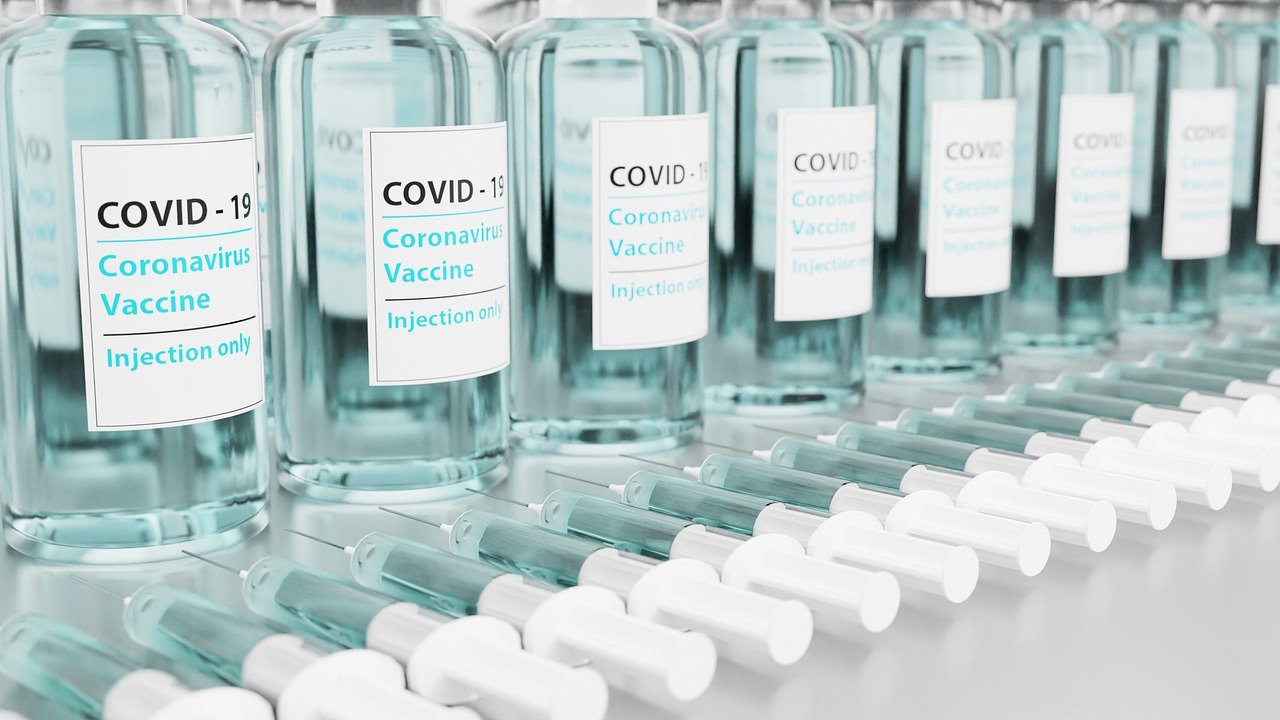The Science Of COVID-19 Vaccines Explained
February 8, 2021The COVID-19 pandemic is still going on and hopes are being pinned on the various vaccines that have been produced. We’re all keen to get back to normality and hopefully vaccines will enable us to do that, or at least get back to some sense of what life was like pre-pandemic. In this post, I’ll go over what exactly vaccines are and how they work. I’ll also talk about COVID-19 vaccines and how they’re claimed to work.
What Is A Vaccine? Vaccines contain a very small and harmless part of a virus that’s been neutralised. This is called an antigen and it’s incapable of making you suffer any side-effects associated with the virus, so you won’t become sick. What the antigen does is it encourages your body’s immune system to make antibodies that fight it off. Should your body get invaded by a virus, your body will already have the antibodies ready and will use these to protect you against the virus and its side-effects. If you’re not vaccinated, you’ll be more likely to suffer and get sick. Those who have been vaccinated against a disease are said to have immunity to it. What’s important to point out is that no vaccine has a 100% success rate, however many of them protect the majority of people they’re given to. Vaccines don’t cure those who have symptoms, nor do they prevent viruses from actually getting into your body. What they can do is prepare your body for the arrival of a virus and make sure you’re able to put up a fight and prevent it from affecting you too seriously.
How Does A Vaccine Work? The immune system is an amazing part of the human body. If something harmful, such as a virus or bacterium, were to invade the human body, the immune system would recognise it as such. It then releases antibodies – these are proteins that latch onto the invasive substances, i.e. virus particles, and tell the immune system to destroy them. What’s particularly remarkable about the immune system is that it has a way of dealing with future infections of the same harmful invader. When it fights off something for the first time, special memory cells are produced that remember the invader. Should the invader make it into your body again, the memory cells will recognise them and will very quickly put up a fight by rapidly producing antibodies. The first time you’re infected with a virus, it can take around two weeks or so for your body to produce enough antibodies to fight it off. Thanks to memory cells, antibodies can be produced much more quickly, drastically reducing your chances of getting sick or suffering side-effects. How Long Do Vaccines Take To Produce? Under normal circumstances, it can take up to fifteen years for a vaccine to produced. Scientists and medical professionals have to not only come up with the vaccine solution, but also put it through rigorous amounts of closely monitored safety testing. This, and funding, explains why most vaccines can take many years before they’re formally approved and rolled out. There’s also the issue of side-effects. No vaccine is 100% safe: every one has some side-effects, ranging from mild to potentially deadly. Generally speaking though, vaccines are extremely safe. The only problem with the rollout of COVID-19 vaccines is that not enough time has passed for scientists to say what the potential long-term effects (if any) are. Nonetheless, close attention is being paid in case any major side-effects become apparent.
What About COVID-19 Vaccines? Right now, there are several COVID-19 vaccines being rolled out and others still in development. These vaccines have been able to get produced for the mass market much more quickly than others in the past. This is because the current pandemic is obviously a much more serious and pressing issue than any other similar events, such as swine flu and severe acute respiratory syndrome – both of these are much less deadly and far less infectious than COVID-19. Barriers that slowed down the release of previous vaccines, such as red tape and funding, have been removed because of how urgently the vaccines are needed. Both the Moderna and Pfizer-BioNTech vaccines work in the same way. They use messenger RNA, which instructs cells to make a harmless piece of S protein, a spike-like structure found on coronavirus molecules. The idea is that your cells build this protein, but your immune system, realising it’s not meant to be there, starts producing antibodies. Should you actually get invaded by COVID-19 particles, your body will use the antibodies it produced previously to fight the invasive particles off and reduce your chances of suffering. The Oxford-AstraZeneca works in a similar way. It’s produced from a form of adenovirus (a common cold virus found in chimpanzees) that’s essentially been deactivated so it can’t do anything inside a human body. It’s been adapted to look similar to COVID-19. When the vaccine’s injected, it triggers an immune system response that causes antibodies to be formed. These antibodies are then used to fight off an actual COVID-19 infection.


